Are you curious about how AI chatbot builders manage the deployment of multichannel chatbots? In this article, we will explore the strategies and techniques used by these builders to effectively handle the complexities of deploying chatbots across various channels. From integrating with popular messaging platforms to ensuring seamless communication across different devices, AI chatbot builders have developed innovative solutions to deliver a smooth and engaging chatbot experience. So, let’s dive in and discover how these builders tackle the challenges of multichannel chatbot deployment!
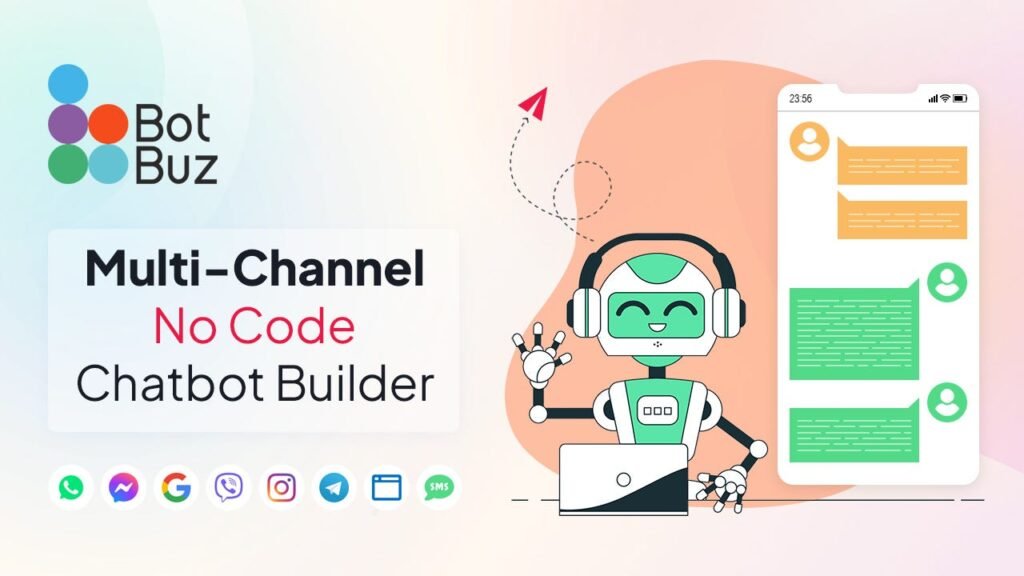
Integrating Chatbots with Multiple Channels
Understanding Multichannel Deployment
Integrating chatbots with multiple channels refers to the process of making chatbots available on various communication platforms, such as websites, mobile apps, social media platforms, and messaging services. It involves developing and configuring the chatbot to effectively interact with users on different channels simultaneously. Multichannel deployment allows businesses to reach a wider audience and provide seamless interactions across various touchpoints.
Importance of Multichannel Chatbot Deployment
multichannel chatbot deployment is crucial for businesses as it enables them to meet the preferences and expectations of their diverse user base. In today’s digital landscape, customers interact with brands through multiple channels, and chatbots provide a convenient and consistent way to engage with customers across these channels. By integrating chatbots with various platforms, businesses can enhance their customer service, improve user experiences, and increase customer satisfaction.
Types of Channels for Chatbot Deployment
There are numerous channels through which chatbots can be deployed to interact with users. These include but are not limited to:
- Websites: Chatbots can be embedded directly on websites, allowing users to interact with them while browsing.
- Mobile Apps: Chatbots can be integrated into mobile applications, providing users with an intuitive and personalized experience.
- Social Media Platforms: Chatbots can be deployed on platforms like Facebook Messenger, WhatsApp, or Twitter, enabling businesses to reach their customers directly on social media.
- Messaging Services: Chatbots can be developed to work with popular messaging services, such as Slack or Microsoft Teams, facilitating internal communication and productivity within organizations.
Supporting Multiple Messaging Platforms
Choosing the Right Messaging Platforms
When deploying chatbots across multiple channels, it is important to carefully consider the messaging platforms that align with the target audience and business objectives. Different platforms may have varying user demographics and engagement levels. Businesses should evaluate factors such as user activity, platform capabilities, and integration potential before selecting the messaging platforms for chatbot deployment.
Adapting Chatbot Features for Different Platforms
To ensure a seamless user experience across different messaging platforms, chatbot builders need to adapt the features and functionalities of chatbots accordingly. Each platform may have unique functionalities, such as rich media support or interactive elements. Chatbot builders should optimize the chatbot’s capabilities to leverage the strengths of each platform and provide a consistent yet tailored experience to users.
Handling Multichannel Interactions
Multichannel chatbot deployment involves managing interactions across different platforms simultaneously. Chatbot builders need to develop a robust system that can handle incoming messages, prioritize conversations, and respond efficiently on each channel. By implementing intelligent routing and prioritization algorithms, chatbot builders can ensure that users receive timely responses, regardless of the channel they are using to interact with the chatbot.
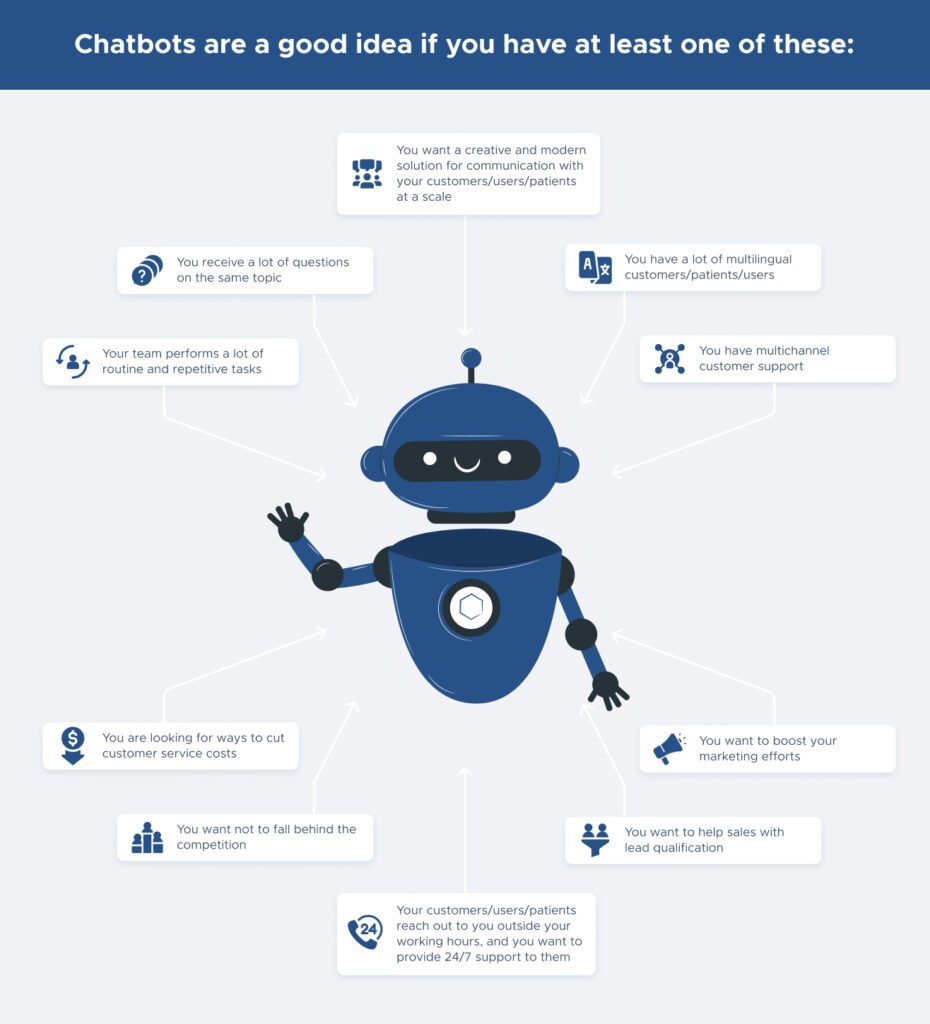
Managing Conversational Flow Across Channels
Consistent User Experience Across Channels
Maintaining a consistent conversational flow across multiple channels is crucial to providing a seamless user experience. Chatbot builders need to design chatbot dialogues and conversation flows in a way that ensures continuity regardless of the channel being used. This entails maintaining consistent interactions, tone of voice, and contextual understanding to create a cohesive experience for users across channels.
Adapting to Channel-Specific Limitations
Different messaging platforms may impose certain limitations on chatbot interactions, such as character limits or formatting restrictions. Chatbot builders should be aware of these limitations and adapt the conversational design accordingly. They may need to shorten responses, provide concise options, or use alternative media formats to overcome these limitations while still delivering meaningful and effective interactions.
Syncing Data Across Multiple Channels
To provide a personalized and seamless experience to users, chatbot builders must ensure that user data is synced across multiple channels. This enables the chatbot to access relevant information from previous interactions, regardless of the channel. By integrating with backend systems, such as customer relationship management (CRM) or database systems, chatbots can retrieve and update user data across channels, contributing to a coherent user experience.
Handling User Authentication and Security
Implementing User Authentication for Different Channels
In scenarios where user authentication is required, chatbot builders must implement the necessary authentication mechanisms for each channel. This may involve integrating with existing authentication systems or developing custom authentication processes tailored to each platform’s requirements. By ensuring secure user authentication, businesses can protect sensitive user information and maintain the integrity of their chatbot interactions.
Ensuring Data Privacy and Security
Data privacy and security are paramount when deploying chatbots across multiple channels. Chatbot builders must adhere to industry standards and best practices for data handling and encryption to prevent unauthorized access or data breaches. They should implement encryption protocols to ensure that user conversations and personal information are safeguarded throughout the entire chatbot interaction.
Handling Sensitive User Information
Chatbot builders need to establish robust protocols for handling sensitive user information, such as financial or medical data. They should implement secure data storage practices and encryption methods to protect sensitive information. Additionally, clear guidelines and permissions should be established to restrict access to sensitive data and ensure compliance with relevant privacy regulations.
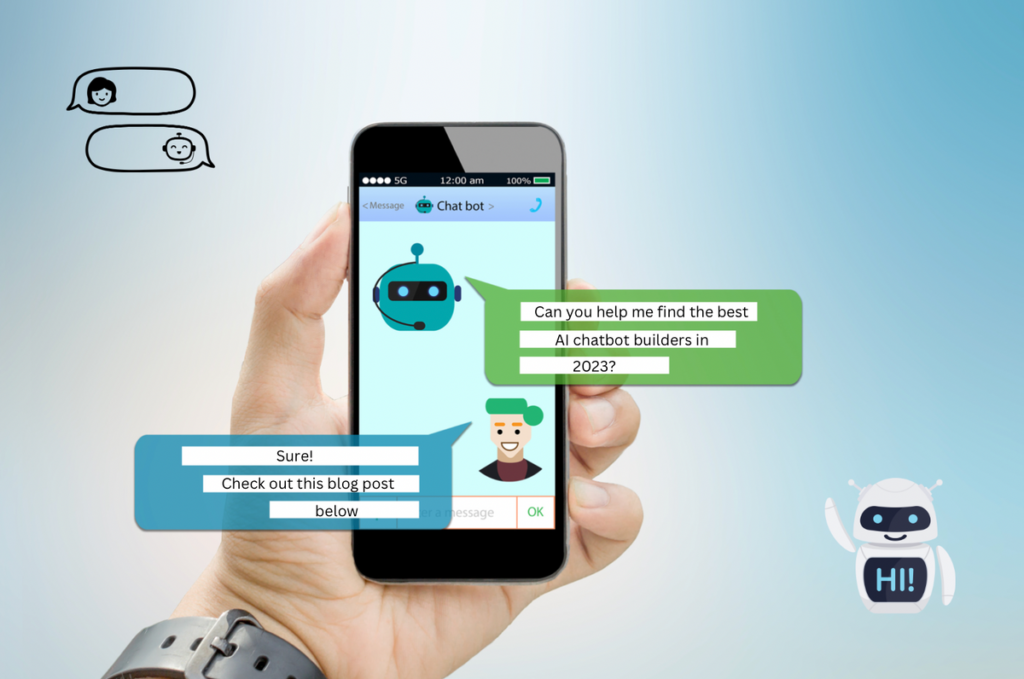
Monitoring and Analytics for Multichannel Chatbots
Tracking Performance Metrics Across Channels
Tracking performance metrics is crucial for assessing the effectiveness and efficiency of multichannel chatbot deployment. Chatbot builders should implement analytics tools that allow them to monitor key metrics, such as conversation completion rates, response times, and user satisfaction. By analyzing these metrics across different channels, businesses can identify areas for improvement and optimize the performance of their chatbots.
Monitoring for Issues and Errors
Continuous monitoring is essential to detect any issues or errors that may arise during chatbot interactions across multiple channels. Chatbot builders should implement proactive monitoring systems that alert them to any anomalies in the chatbot’s performance, such as high error rates or unexpected user behavior. By promptly addressing these issues, chatbot builders can maintain the reliability and functionality of the chatbot across all channels.
Analyzing User Behavior on Different Channels
Analyzing user behavior across different channels provides valuable insights into user preferences and engagement patterns. Chatbot builders should leverage analytics tools to understand how users interact with the chatbot on each channel. This data can help identify channel-specific trends or user preferences, allowing chatbot builders to optimize the conversational design and deliver more personalized experiences to users.
Scaling Multichannel Chatbot Deployment
Managing Increased Workload from Multiple Channels
As the number of channels through which a chatbot is deployed increases, the workload on the chatbot’s infrastructure and resources also grows. Chatbot builders need to plan for scalability by implementing a robust infrastructure that can handle increased demand. This may involve using cloud services, load balancers, or auto-scaling techniques to ensure that the chatbot can seamlessly handle simultaneous interactions across multiple channels.
Optimizing Resources and Infrastructure
To optimize resource utilization and minimize costs, chatbot builders should continuously monitor resource usage and allocate resources based on demand. By analyzing usage patterns and adjusting resource allocation, chatbot builders can ensure that the chatbot’s infrastructure is optimized for efficiency and cost-effectiveness. This allows businesses to achieve scalable multichannel chatbot deployment without incurring unnecessary expenses.
Ensuring Seamless Scalability
Scalability is crucial to accommodate future growth and handle increasing user demand. Chatbot builders should design the chatbot’s architecture and infrastructure in a way that allows for seamless scalability. This may involve using microservices architecture, containerization, or serverless computing to ensure that the chatbot can easily scale up or down based on the number of channels and user interactions.
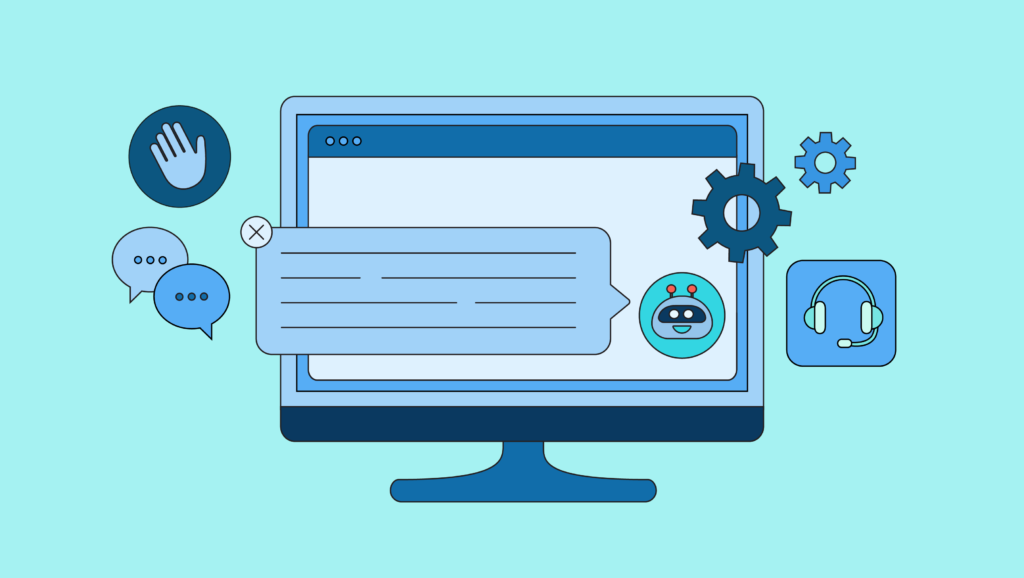
Improving Natural Language Understanding
Training Chatbots for Different Channels
Each messaging platform has its own characteristics and language nuances that chatbots need to understand and respond to appropriately. Chatbot builders should train the chatbot to recognize and adapt to the language patterns and preferences specific to each channel. By fine-tuning the chatbot’s natural language understanding (NLU) models, its accuracy and contextual understanding can be improved, leading to more effective and relevant responses.
Addressing Channel-Specific Language Nuances
Different messaging platforms may have channel-specific language nuances, such as abbreviations, emojis, or platform-specific jargon. Chatbot builders need to account for these nuances and ensure that the chatbot can appropriately handle and respond to them. This may involve incorporating platform-specific language libraries or utilizing machine learning techniques to identify and interpret these nuances accurately.
Improving Accuracy and Contextual Understanding
To enhance the accuracy and contextual understanding of chatbot interactions, chatbot builders should gather feedback from users across different channels. By analyzing user feedback and continuously iterating on the chatbot’s NLU models, chatbot builders can refine the chatbot’s ability to understand user intents, extract relevant information, and provide more accurate and contextually appropriate responses.
Iterative Development and Continuous Improvement
Gathering Feedback from Users on Different Channels
To drive continuous improvement, chatbot builders should actively seek feedback from users across different channels. User feedback provides valuable insights into the effectiveness and usability of the chatbot. By incorporating feedback mechanisms, such as surveys or feedback prompts, chatbot builders can collect user opinions, suggestions, and pain points, which can be used to enhance the chatbot’s performance and user experience.
Iteratively Enhancing Chatbot Performance
Based on the feedback received, chatbot builders can iteratively enhance the chatbot’s performance by addressing identified areas for improvement. This may involve refining the conversational design, fine-tuning the NLU models, or adding new features that cater to user needs. By continually iterating on the chatbot’s performance, chatbot builders can ensure that it evolves and adapts to changing user requirements and preferences.
Integrating User Feedback into Future Versions
User feedback should not only drive incremental improvements but also influence the development of future versions of the chatbot. Chatbot builders should carefully analyze user feedback to identify trends and overarching user needs that may shape the direction of the chatbot’s future iterations. By incorporating user feedback into the design and development process, chatbot builders can create chatbots that truly meet user expectations and deliver a rewarding user experience.
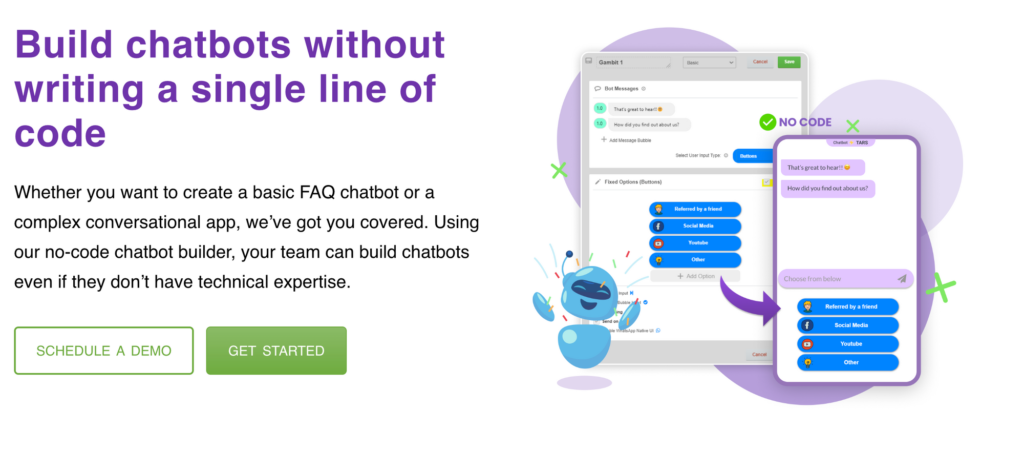
Integrating with Backend Systems
Connecting Chatbots with CRM and Database Systems
Integrating chatbots with customer relationship management (CRM) and database systems enables businesses to leverage valuable customer data. Chatbot builders should ensure seamless integration between the chatbot and backend systems, allowing the chatbot to access and update customer information in real-time. By leveraging this integration, businesses can provide personalized and contextually relevant responses to users across multiple channels.
Implementing APIs for Backend Integration
To enable smooth communication between the chatbot and backend systems, chatbot builders should implement APIs (Application Programming Interfaces) for data retrieval and synchronization. APIs allow the chatbot to interact with external systems, retrieve user information, and update backend data as needed. Through secure and reliable API integrations, chatbots can deliver accurate and up-to-date information, enhancing the overall user experience.
Seamless Data Syncing Across Channels
Chatbot builders need to ensure that user data is synchronized across multiple channels and backend systems. This involves establishing data syncing mechanisms that keep user information consistent and up-to-date. By implementing reliable data syncing processes, businesses can maintain a unified view of each user’s interactions and preferences, regardless of the channel they are using or the backend systems involved.
Support and Maintenance for Multichannel Chatbots
24/7 Support Across Different Channels
To provide optimal user experiences, businesses should offer 24/7 support for chatbot interactions across different channels. Chatbot builders should design and implement support systems that handle user inquiries, issues, or escalations promptly and effectively. This may involve routing user queries to human agents in case of complex inquiries or offering self-help resources to assist users with common queries.
Handling Channel-Specific Issues
Each channel may have specific technical or functional issues that can impact the chatbot’s performance. Chatbot builders must proactively identify and address channel-specific issues to ensure a smooth user experience. They should closely monitor each channel, gather feedback from users, and collaborate with relevant platform providers to resolve any issues that arise.
Regular Maintenance and Updates
Multichannel chatbot deployment requires regular maintenance and updates to keep the chatbot’s performance optimized and up-to-date. Chatbot builders should implement processes for bug fixes, performance improvements, and feature enhancements. Continuous monitoring, analysis of user data, and integration testing are crucial for identifying areas for improvement and ensuring that the chatbot remains reliable and effective across all channels.
In conclusion, integrating chatbots with multiple channels is a strategic approach that businesses can adopt to enhance their customer service, expand their reach, and improve user experiences. By understanding the nuances of each messaging platform, adapting to channel-specific limitations, and continuously monitoring and optimizing the chatbot’s performance, chatbot builders can successfully deploy and maintain multichannel chatbots that meet the evolving needs of users and businesses alike.
